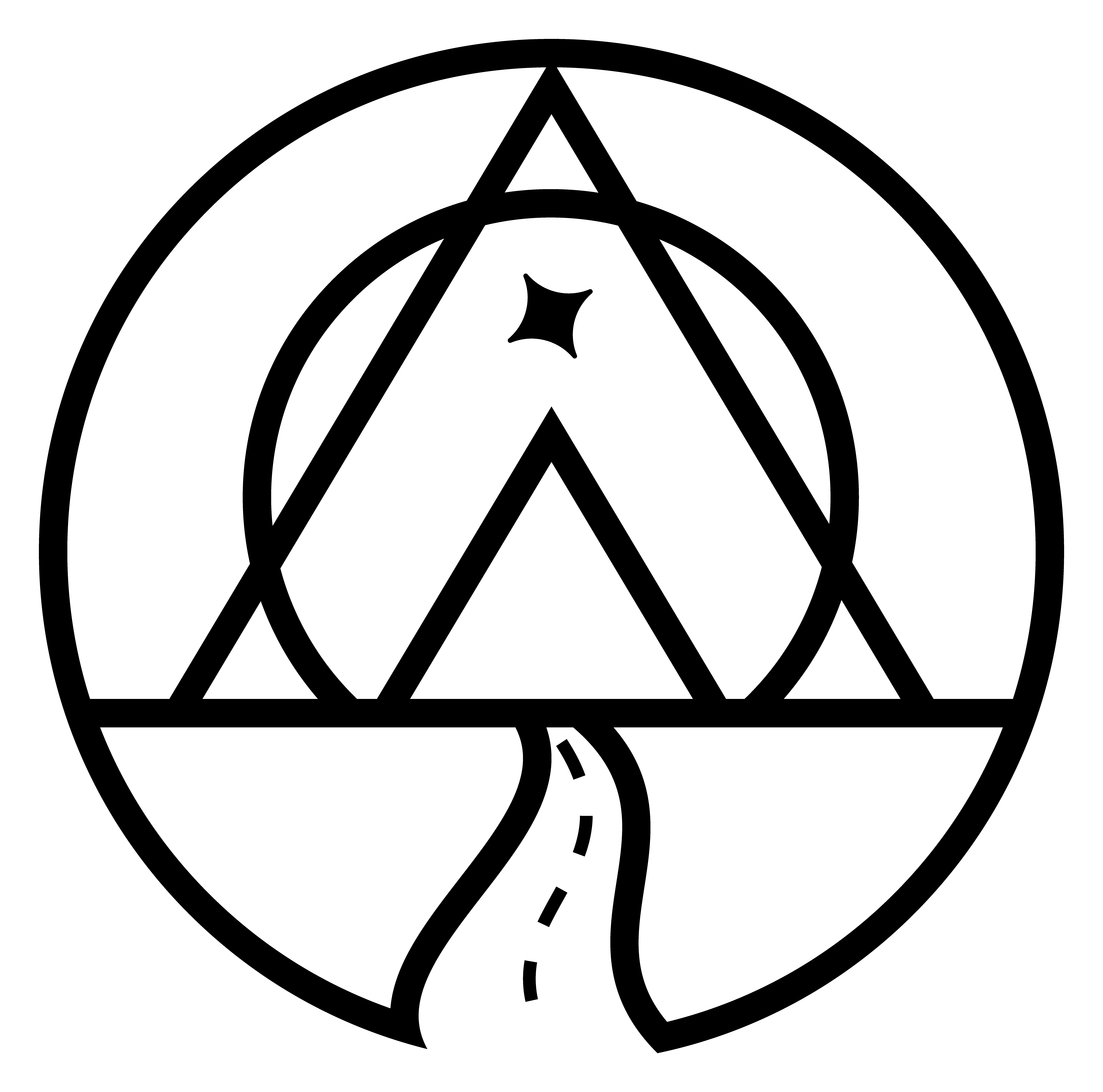One of the words that gets bandied about a lot these days, primarily on social media, is ‘narcissist’. It gets used so much, in fact, that the meaning is now starting to be diluted – and, as such, it’s essential that you familiarise yourself with classification so that you can spot warning signs in others… and even in yourself.
A great place to begin would be reading Dr Ramani Durvasula’s Don’t You Know Who I Am book, in which she describes eight different narcissistic personalities:
- Grandiose
- Covert/vulnerable
- Malignant (dark triad or dark tetrad)
- Communal
- Benign
- Neglectful
- Entitled/self-righteous
- Generational/cultural
Narcissism diagnoses
Typically, people don’t go seeking out a diagnosis of narcissism. Rather, they’re identified as being such when they go to see a counsellor or therapist for something else.
For us as individuals, however, it can be really beneficial to recognise specific narcissistic patterns of behaviour that could be affecting how we live our lives so that we’re better able to extricate ourselves from their vice-like grip.
In much the same way as other personality disorders, narcissism is a spectrum and it can come in package form alongside other conditions like antisocial behavioural disorder.
As Dr Durvasula continues, there’s a big difference between confidence and pathological narcissism, where the latter is “restrained and quiet”, supported by an accurate assessment of one’s own ability and an appropriate way of communicating it, coupled with the willingness to hear about the skills and perspectives of others, and “enough humility to put others at ease”.
How common is it to meet a narcissist?
Chances are that you’ve come across at least one pathological narcissist in your time, with statistics showing that one in every 200 people are likely to have narcissistic personality disorder, of which around 75 per cent are male.
Ask yourself if you’ve ever felt uncomfortable around someone but aren’t quite sure why.
Or perhaps you’ve found yourself completely taken in by someone’s charm but, later on, realised that you’d been manipulated.
Here’s a breakdown of the eight different types of narcissistic personality to help you identify traits in others… and, perhaps, in yourself, as well.
What are the different types of narcissism?
Grandiose
Think of this as the classic or stereotypical narcissistic type. Here, people are arrogant, charming, entitled, grandiose, vain and superficial.
In her book, Dr Durvasula describes them as overly confident show-offs who frequently overestimate their abilities, lacking in empathy and with a proclivity for compulsive lying and antagonism. When disappointed, they exhibit rage.
Such individuals also often position themselves prominently within their local communities or become heavily involved in extracurricular activities at school or in the workplace… anything that will help elevate their credentials and add to their sense of status.
We find ourselves quickly attracted to these types because they’re charming and appear to be successful. However, when talking one-on-one you’ll likely find the conversation to be one sided. They’ll be very talkative – but only on their favourite topic… themselves. When you try to talk, you’ll likely feel that they’re completely disinterested in what you have to say.
Covert/vulnerable
Covert or vulnerable narcissists are a different kettle of fish altogether, set apart by their distinct lack of empathy, hypersensitivity, sense of entitlement, resentment, insecurity, low self-esteem, higher levels of depression and passive-aggressive behaviour.
Their go-to defence mechanism is projection, which they subconsciously use to regulate their anxiety – and they typically display behaviours that are consistent with sociopathy.
Part of the issue here is that they’re so hypersensitive that they often perceive hostility directed towards them by others – even when this isn’t the case. Because of this, they respond in kind, displaying hostility and contempt right back.
Of all the narcissistic types, this is the one that’s most likely to be associated with abuse in childhood – although remember that all personality disorders may have their roots in early childhood experiences.
Malignant
Watch out for this one, as Dr Durvasula describes the malignant narcissist as the most toxic and aversive of them all, describing them as “exploitative, antagonistic, Machiavellian and seemingly psychopathic”.
You might also hear them referred to as the dark triad (narcissism, Machiavellianism and psychopathy) or the dark tetrad (narcissism, sadism, psychopathy and Macchiavellianism).
Charming yet political, manipulative with no remorse, people are entirely disposable to the malignant narcissist, simply a means to an end. They exploit, they damage, they devastate, they bend and break the rules, they abuse what power they hold.
As hard as it can be to exist in a relationship with this type of narcissist, it can be even harder to leave, amid fears of what they’re capable of and to what lengths they’ll go.
Communal
These people are potentially quite easy to spot, since they’re very engaged in public life and the community, shouting about their personal pursuits on the world stage and telling all about how they’re changing the world, one charity hashtag at a time… #savingtheworld!
The only motivation here is to gain validation online from social media followers and they’re only looking for adoration in its purest form, allowing them to bask in their glorious limelight.
They do view themselves as altruistic (unlike classic narcissists that would consider themselves to be successful) – and, of course, there are genuine people who do give without looking to get. So you need to be on the lookout for the motivation, the driving force behind the action.
One big signal that all is not as it seems is asking yourself what these people are like behind closed doors. Chances are that they’ll be the complete opposite to what they put forth in public, with other traits like antagonism, a lack of empathy and entitlement coming to the fore instead.
Neglectful
The neglectful narcissist is another one to be on your particular guard against. You’ll find it difficult to establish a genuine connection and meaningful relationship with a narcissist of this kind.
They have an uncanny knack of identifying and targeting vulnerable people ripe for exploitation and they think nothing of going after someone if they have something they want. Once they get it, you’ll be dropped like a bad habit.
Benign
Grandiosity, entitlement and a lack of empathy are the main traits that characterise a benign narcissist – although it’s easy to misconstrue these traits and forgive the individual for being clueless, clumsy and childlike instead.
You’ll find that they only ever talk about themselves and are incredibly skilled at making everything about them. Superficial and immature, they care a lot about what others think of them and rely heavily on social media for adoration and likes.
If you find yourself in a relationship with this type of narcissist, you’ll likely find it to be shallow and unfulfilling – but, ultimately, of all the narcissistic types out there, these people are relatively harmless.
Entitled
Entitled narcissists believe that they deserve special treatment, without any particular cause or reason for believing so – even if it comes at the expense of other people.
What’s interesting here is that, as Dr Durvasula explains, entitlement is taught through modelling and reinforcement by parents who don’t discipline or correct their children for bad or entitled behaviour. These children are also failed by parents who don’t teach emotional regulation when they don’t get what they want when they want it.
This means that, as adults, they find it hard to tolerate situations in which they’re told no, or where they receive no recognition or praise. This level of entitlement can also be expressed as self-righteousness, using morality conveniently where rules don’t apply to them and believing that their view of the world is the right and only one.
Generational/cultural
This is one of the most difficult narcissistic types to identify, people whose behaviours are culturally reinforced and handed down from generation to generation.
Dr Durvasula explains that these behaviours are reinforced through intergenerational trauma and other behavioural patterns, characterised by authoritarianism, patriarchy, power differences, significant divides between the haves and have-nots, and cultures with a variety of ‘isms’, such as colonialism, racism and so on.
In such cultures and societies, insecurity is often pervasive – particularly among those with power. Such people will act to preserve this power and narcissism becomes an adaptive trait in both the powerful and the oppressed.
Are you ready to recognise the narcissists in your life?
Almost all the clients I’ve seen over the years have been affected by some sort of narcissistic behaviour from the people in their life… and it’s also no surprise that almost all of them have asked me if they’re the problem, questioning their memory and recall of events, their own actions or what they didn’t say in conversation.
This is all down to the exemplary deflection skills of the narcissist in question – and the best defence you can afford yourself is recognition of these skills.
If you’d like to find out more about how best to spot a narcissist and what to do if you find yourself in a relationship with one, get in touch with me today to see how online therapy can help. Book a free Discovery Call on the app!




